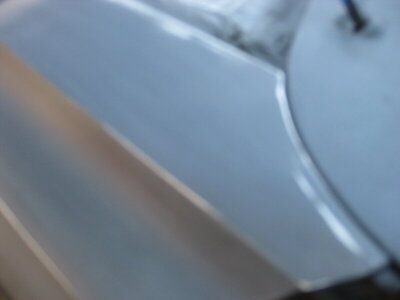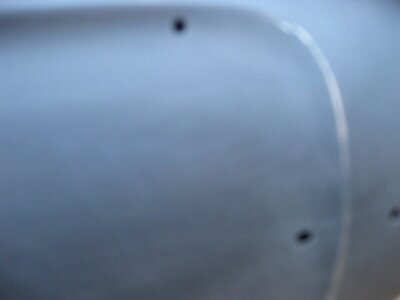Few points... What are you using as a sanding block? How big? Are you using guide coat?
If you paint over what you have shown above you'll see the sharp color contrast through most paints.... At least shoot a sealer.... Personally I'd re-prime, guide coat & cut it again... I've never heard someone say "I blocked that panel to much".... I've heard lots of folks say "I should have blocked that panel again".....
I like Dura-Block sanding blocks, I prefer at least a 12" block, if the panel is mostly flat or a convex curve I like using an 18" or bigger block... The longer the block the flatter/straighter you'll get the panel.... I have a 30" block for doing roofs....
Guide coat is typically misting black spray paint over the fresh primer, that way when you sand the high spots immediately become apparent cause you cut the guide coat off as soon as you start sanding.... The low spots keep their black speckles till you've cut the high areas away around the low spot....
Depending on how bad the highs & lows are you might want to break out your body hammer... Pecking down high spots & pecking up low spots...
Also if you have a low spot & you plan to re-prime a little extra heavy on the priming in known low spots can help straighten a panel...
Just a little to think about...


















